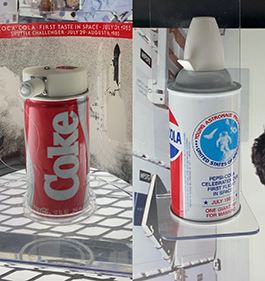July 29, 1985, the Space Shuttle Challenger launched on the STS-51F mission, successfully completing an Abort to Orbit. An early shutdown of one of the RS-25 engines meant that the Challenger wasn’t able to reach as high of an orbit as planned, but the mission was still Go.
Challenger carried experiments studying life sciences, plasma physics, solar physics, high-energy astrophysics, astronomy, and some cans of soda.
This weird payload, part of the “Cola Wars,” flew on STS-51F. The crew of the Challenger performed taste tests on Pepsi and Coca-Cola while in orbit. It seems that neither cola won accolades from the crew.
The cans pictured here are on display in the Cosmosphere’s Hall of Space Museum in Hutchinson, Kansas. The item description for these artifacts notes, “Both colas tasted like a bottle that had been opened and then forgotten about.”

In addition to the bad taste, carbonation and microgravity were a bad combination for astronauts. The carbonation caused the astronauts to experience wet burps, which must have been one heck of a “foamy mess during space travel.”
According to NASA, “In space, with the absence of gravity, the carbon dioxide bubbles in carbonated beverages go through an astronaut’s digestive system, rather than being belched out as on Earth, and may cause adverse side effects.”
Having a variety of drinks and food in space is a critical part of a crew’s wellbeing. Thankfully, not all space-based drink experiments have been failures, the ISSpresso machine was used to great success onboard the International Space Station (ISS) for 32 months.
Lavazza, Argotec, and the Italian Space Agency developed ISSpresso, and crews used the machine on 11 different ISS Expeditions.
ESA astronaut Samantha Cristoforetti dressed up as Captain Janeway from Star Trek: Voyager enjoys a shot of espresso from the ISSpresso machine in one of the ingenious Zero-G cups that use the capillary effect to simulate drinking from a cup. The stunning picture (above) was captured in the Cupola on the ISS.
Picture: John Mulnix, Cosmosphere Volunteer/NASA
Blog post: John Mulnix
Quotes: Cosmosphere/NASA



